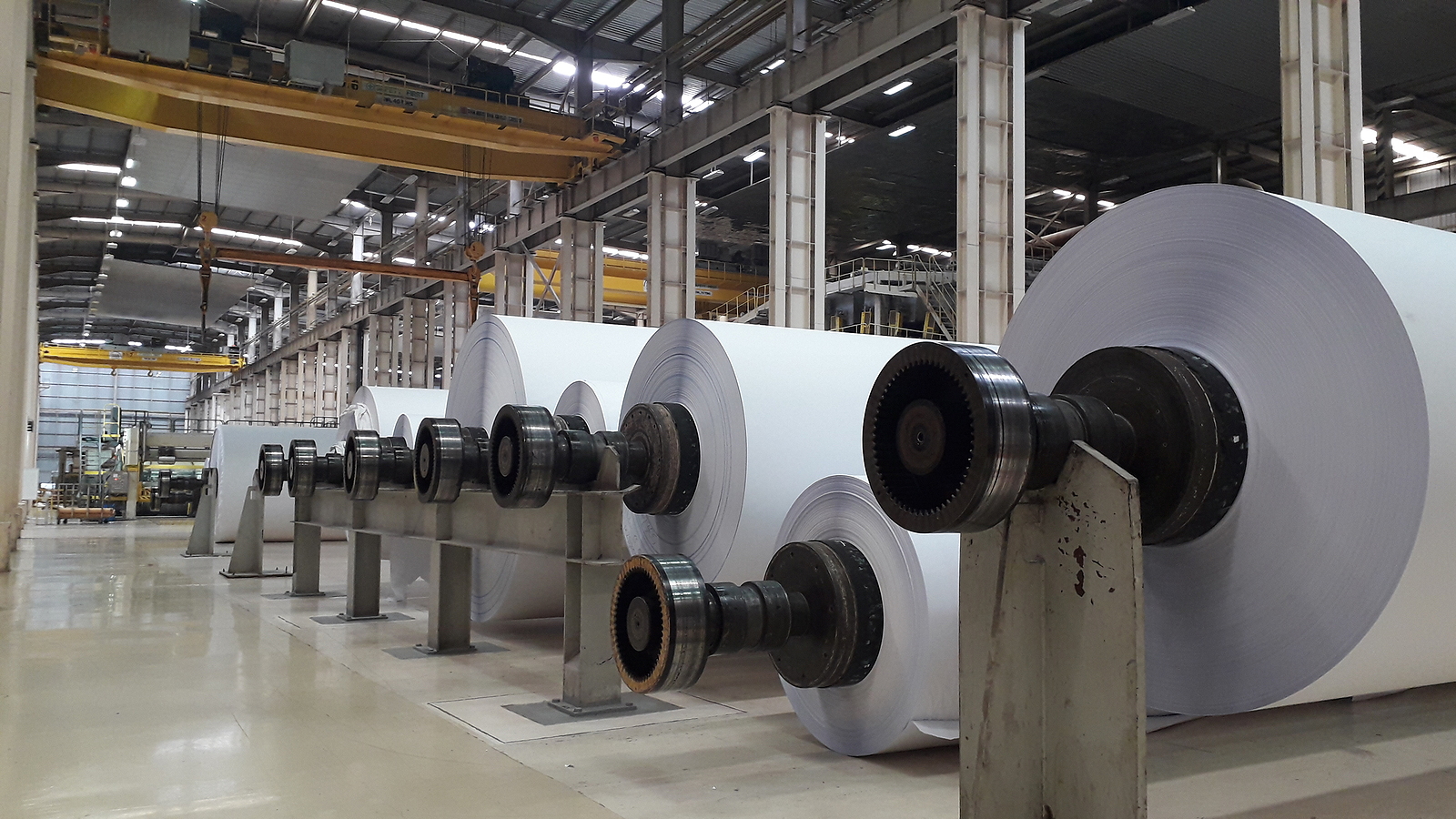“Going Paperless”
We hear it all the time thanks to advancements with technology and electronics. However, paper is still very much an important part of our everyday lives considering it’s many different uses. In fact, it has been an important part of our lives for a LONG time. Many historians conclude that paper was invented in China around 105 BC! As a result, we are highlighting the paper making process for this month’s How It’s Made article.
How It’s Made – Paper
[av_image src=’https://flextrades.com/wp-content/uploads/2021/04/papermfg.jpg’ attachment=’8910′ attachment_size=’full’ align=’center’ animation=’no-animation’ link=” target=” styling=” caption=” font_size=” appearance=” custom_class=”][/av_image]
Step 1: Log & Cut
First and foremost, trees must be logged and cut. Most trees used for papermaking are fast-growing, evergreen trees. However, due to a heavier focus on renewable resources and environmental impact, many papers are now made from other materials such as cotton, bamboo, hemp, and jute.
At the logging site, cut trees are debarked and made into wood chips by specialized equipment. Check that process out here! Once finished, the large trucks you can see in the video transport the chips to a paper making facility (or papermill).
Step 2: Pulping
Pulping is a process that breaks down the fiber from the wood. Pulping can occur in a variety of ways but there are two main processes: mechanical grinding and chemical pulping. The process used depends upon the type of paper product needed. Chemical pulping is common for containers, paper bags, and writing papers while mechanical pulping is more often performed for newspaper, paper tissues, and paper towels.
- Pulping Process #1: Chemical Pulping
- In chemical pulping, you can use either sulfate, sulfite, or soda to pulp the wood chips. The most common method is the sulfate (or kraft) method, in which sodium hydroxide and sodium sulfide are used. This process cooks wood chips with the chemicals in a pressure cooker, causing separation of the wood’s fibers, glue (lignin), and sugars. Once completed, the pulp is considered a slurry which will move onto additional processes including washing, bleaching, and screening for impurities.
- Pulping Process #2: Mechanical Pulping
- In mechanical pulping, wood chips are mechanically ground to much smaller, tinier wood chips. There is no cooking or pressure in this process like there is in the chemical pulping process. In this process, a machine with rotating discs breaks up the wood chips and separates the fibers. These smaller, tinier wood chips are then blended with water to create a slurry (just like chemical pulping does). From here, it will be washed, bleached, and screened for impurities.
Step 3: Beating
In this step, the pulp/slurry is pounded, squeezed, and beaten inside a large vat or tub. Filler materials and additives such as chalk, clay, or additional chemicals are also introduced in this stage. These materials and additives affect the paper’s opacity and final qualities. The end purpose of the paper determines what and how much additive is required.
Step 4: Drying
Pulp has a lot of liquid in it which must be removed. In the drying stage, pulp is sprayed onto large mesh screens creating a mat of pulp (or what can be considered water paper). When the wet pulp/paper mats are removed from the screens, they are pushed through a series of presses to squeeze the water out. At this point, about 50% of the water is removed from the mats of pulp. To remove an additional 40-45% of water, the mat is heated and then dried.
Step 5: Rolling
Depending upon the texture of the paper or end use, additional machinery and treatments can occur. However, in general, the dried mat of paper is pushed through a series of very large, industrial rolling machines and wound into rolls of paper. It’s these large rolls of paper that manufacturers further process to create a final product.
To see it live and in action (and also understand the sheer size of the process), check out this paper mill tour video! And, if you’re interested in more of our How It’s Made articles, you can find them on PMG’s Blog, including this one about recycling.
Kim Mooney, Technical Manager & Coach








